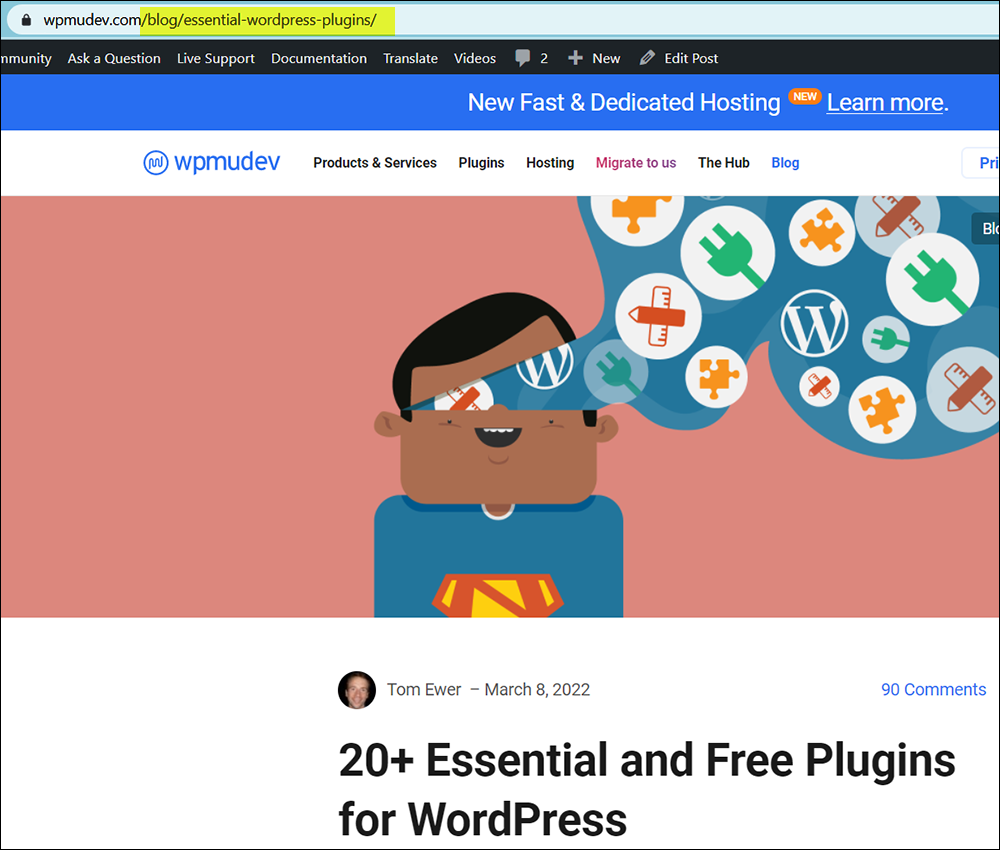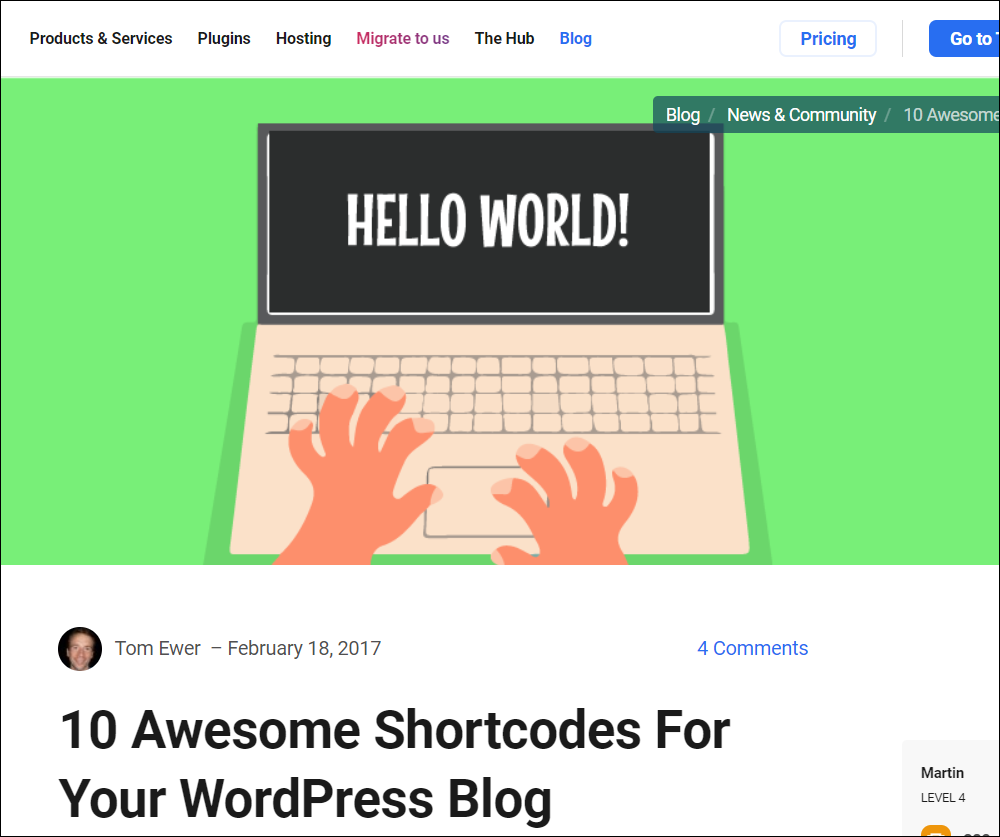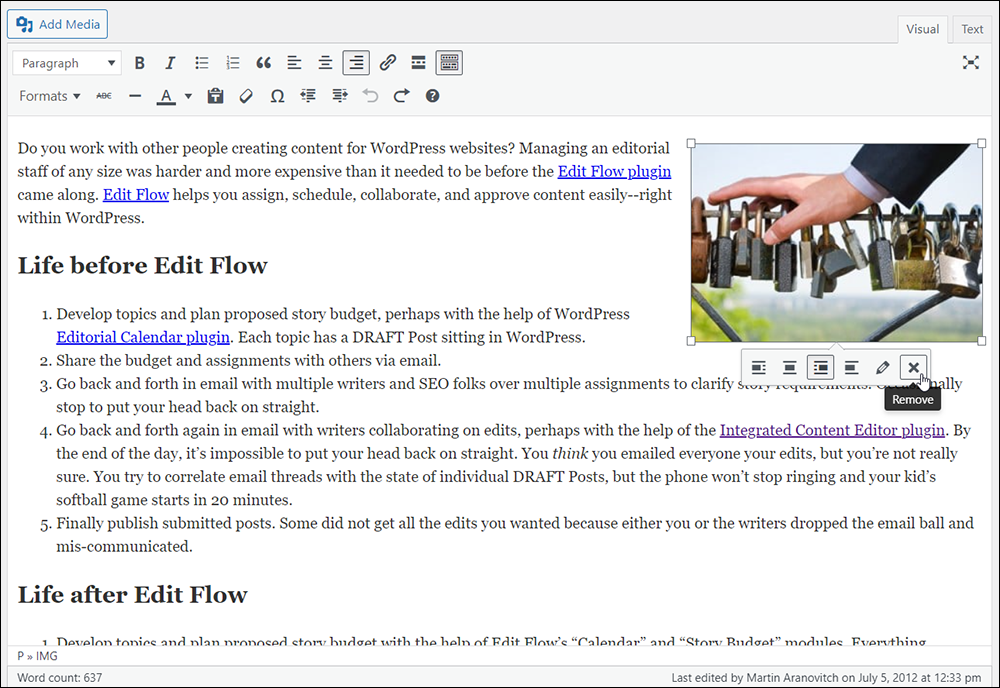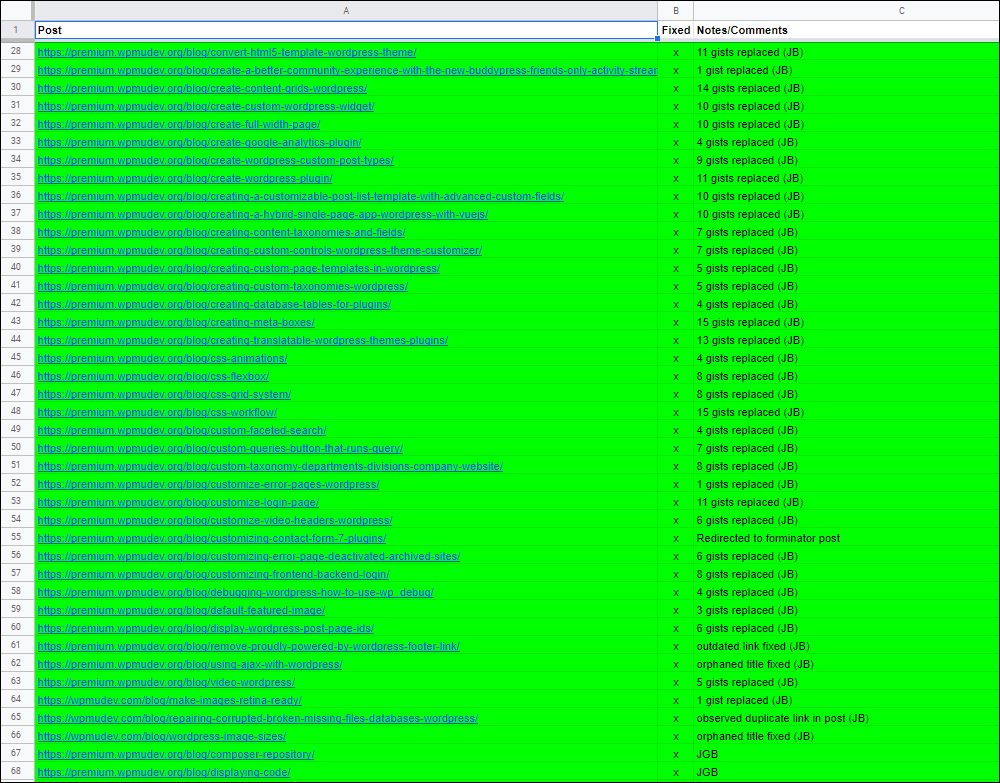Content Strategy
Learn what a content strategy is, why it’s important to have one, and how to develop an effective digital content strategy for your business.

 In the previous module, we looked at the role of the content manager and various setups that a content manager may need to operate within the digital structure of an organization.
In the previous module, we looked at the role of the content manager and various setups that a content manager may need to operate within the digital structure of an organization.
In this module, we provide a practical overview of content strategy as it relates to the role of a content manager. We recommend going through the links, resources, and references in this section for a more in-depth understanding of the key concepts presented here.
This module covers the topics outlined in the table of contents below:
Before You Begin
Make sure to review The Role Of The Content Manager and Business Basics before starting this lesson.
Additionally, we recommend subscribing to our free content management course email lessons if you haven’t already, as these provide a practical step-by-step way to implement the lessons in this course.
As a subscriber, you will also get notified when new posts containing practical information and valuable content management tips are added to our blog.
What Is A Content Strategy?
A content strategy helps you define your target audience, understand their needs and interests, and create content that addresses those needs and speaks to their interests.
It also helps you determine the most effective channels for distributing that content, such as your website, social media, email marketing, or even offline channels like events or print materials.
A simple way to think about content strategy is to ask the question “how do we achieve our business goals using content?”
A content strategy presupposes that the business already has in place a business strategy and a marketing strategy to achieve its goals.
This is important because a content strategy is a component of the business marketing strategy and specifies who, what, where, when, and how it plans to connect with its audience.

A content strategy can be defined as…
“Getting the right content to the right user at the right time through strategic planning of content creation, delivery, and governance.”
Source: ContentStrategyAlliance.com
Also…
A content strategy is your brand’s game plan to drive traffic, leads, engagement, sales, and other business outcomes through content.
Source: ContentStrategyAlliance.com
A content strategy is also much broader than coming up with a list of content formats and topics. It includes buyer personas, customer journey maps, editorial calendars, content audits, and content governance.
![]()
Watch our free video course on how to create an effective content strategy for your business.
Now that we have a basic understanding of what a content strategy is, let’s take a look at why businesses need one.
Why Do You Need A Content Strategy?
Businesses need a content strategy to:
- Set And Reach Goals – A documented content strategy helps define marketing goals, set priorities plan the work, and ensure that all marketing efforts translate into tangible results.
- Track Progress – A strong content strategy outlines the metrics to track, analyze, and determine if the content marketing efforts are producing results.
- Identify New Opportunities – A good content strategy outlines all the avenues that can be used to follow news and trends and find story ideas and prevent the effort put into discovering new opportunities from being uncoordinated and reflecting poorly on a brand’s publications and tone.
- Cut Costs – Content strategies help define how much money to spend per project, how to spend it, and how to find ways to cut costs if required to avoid excessive spending on individual projects.
- Optimize Its Marketing Team – A documented content strategy sets out performance metrics for team members, and defines a work schedule for content creation, guidelines on the management of social media accounts, maintenance of marketing automation system, and other content-related processes. Without this, the marketing team won’t know how much content to produce, where to post it, how to repurpose it, and how to work as productively and effectively as possible.
- Produce Content That Converts – Content that consistently converts comes from a content strategy that understands who its target audience is, what type, style, and format of content its audience wants to consume, its ideal content tone, and how to leverage different distribution and promotional channels.
Source: Kontent.ai
In simpler terms, a content strategy can help your business realize its vision.

If your business has a clear vision with clearly defined objectives and a sound business and marketing strategy, a content strategy provides a measurable and quantifiable way to determine how using content can help you achieve those objectives.
Your content strategy drives your content plan, defines the focus of your content production efforts and content promotion activities, and specifies what systems your business needs to put in place to manage all of your content-related processes effectively, including the content itself.
Content Strategy Goals And Objectives
Common content strategy goals and objectives include:
- Audience understanding: The goal is to understand the target audience and create content that meets their needs, interests, and preferences. This can be achieved by conducting market research, creating buyer personas, and analyzing website traffic data.
- Brand alignment: The goal is to align content with the company’s brand messaging and values, and to create a consistent brand voice and visual identity across all content. This can be achieved by creating a brand style guide, conducting a brand audit, and training content creators on your brand’s messaging and tone.
- Content creation and distribution: The goal is to plan, create, and distribute high-quality, relevant, and engaging content to reach and engage the target audience. This can be achieved by creating an editorial calendar, creating and publishing blog posts, creating and publishing videos, and creating and publishing infographics.
- Content optimization: The goal is to improve the visibility and performance of existing content through search engine optimization (SEO) techniques. This can be achieved by researching and including relevant keywords, optimizing meta tags, and creating internal and external links.
- Content measurement and analytics: The goal is to track and measure the performance of content in terms of engagement, conversion, and other key performance indicators (KPIs). This can be achieved by using Google Analytics to track website traffic, using social media analytics to track engagement, and using A/B testing to optimize conversion rates.
- Content governance: The goal is to ensure that all content is accurate, up-to-date, and compliant with legal, ethical, and brand guidelines. This can be achieved by creating and enforcing a content style guide, regularly reviewing and updating content, and ensuring that all content is accessible and inclusive.
- Continuous improvement: The goal is to continuously improve your content strategy by analyzing performance data, gathering feedback, and making adjustments as needed. This can be achieved by conducting regular content audits, gathering feedback from stakeholders, and testing and implementing new content formats and distribution channels.
Additionally, you should take into account these three truths of Content Strategy by Professor John Lavine of Northwestern University, which shape and limit our content:
- There is an ever-rising tidal wave of information and it will continue to rise forever.
- Everyone you want to reach has 1440 minutes in their day; not a minute more.
- The world is becoming ever more complicated, but people will give you their time and attention if you give them more of what they want.
Benefits Of Having A Content Strategy
There are many benefits to having a clear content strategy, including:
- Consistency: With a content strategy in place, you can ensure that your content is consistent in terms of quality, tone, and style. This helps to build trust with your audience and establish your brand as a reliable source of information.
- Improved audience targeting: A content strategy helps to identify the target audience for your content and ensures that the content is tailored to their interests and needs.
- Increased brand awareness: Consistently publishing high-quality content can help to increase awareness of your brand and establish it as a thought leader in your industry.
- Greater customer engagement: By providing valuable and relevant content, you can engage and build relationships with your customers, leading to increased loyalty and customer retention.
- Higher search engine rankings: A content strategy can help to optimize your website’s content for search engines, leading to higher search rankings and increased organic traffic.
- Enhanced reputation management: A content strategy can help to proactively manage your brand’s reputation by ensuring that all content aligns with your brand values and message.
- Increased sales and conversions: By providing valuable and relevant content, you can drive traffic to your website and convert visitors into customers.
- Improved internal communication: A content strategy can help to align the goals and messaging of different teams within your organization, improving internal communication and collaboration.
- Streamlined content creation: A content strategy helps to define the types of content that will be created, who will create it, and how it will be distributed, streamlining the content creation process.
- Reduced costs: By having a content strategy in place, you can avoid wasting time and resources creating ineffective or redundant content and focus on creating high-quality content that resonates with your target audience.
Content Strategy Vs Marketing Strategy Vs Content Marketing
It’s important to distinguish between Content Strategy, Marketing Strategy, Content Marketing and the differences between a Content Strategy vs a Content Marketing Strategy.
Content Strategy vs Marketing Strategy
A marketing strategy outlines the marketing steps you’ll take towards your ultimate goals, like growth and increasing revenue, a content strategy focuses on defining which content is created to support this marketing strategy, as well as how you’ll promote it.
Source: Kurve.co.uk
Content Strategy vs Content Marketing
Content strategy is the roadmap that guides your content marketing. Content marketing is the process of organizing, scheduling, creating, publishing, and promoting content pieces. Content marketing is the tactics that follow from the content strategy.
Source: Terakeet.com
An effective content strategy needs to specify:
- What goals the business wants to achieve using content,
- What type of content will be used to achieve these goals,
- How to create and distribute this content, and
- How to measure its performance.

Let’s go briefly through each of these steps:
1. Business Goals
Some of the main goals a business may want to achieve using content can include:
- Increasing search rankings
- Driving traffic
- Reaching a specific target audience
- Increasing brand awareness
- Building engagement
- Boosting conversions
- etc.
In The State Of Content Marketing Global Report (2022), for example, a survey of 1,500 marketers cited the following as their key content goals for 2022:
- 45% want to increase brand awareness
- 37% want to attract more traffic to their website
- 36% are focused on generating leads through content marketing
- 27% of respondents want increased sales and revenue
- 23% strive for improved customer loyalty and engagement with their brand
Here are a few examples of strategic business goals and objectives using content and content marketing:
- To create a content marketing strategy that increases website traffic by 50% within the next six months.
- To develop a content calendar that consistently delivers high-quality, relevant content to our target audience.
- To increase brand awareness and engagement through social media by creating and sharing engaging content on a regular basis.
- To establish our company as a thought leader in our industry through the creation and distribution of educational and informative content.
- To improve search engine rankings through the optimization of our website content and the creation of high-quality backlinks.
- To develop a content marketing campaign that generates at least 100 qualified leads within the next quarter.
- To create a content marketing strategy that increases customer retention and loyalty through the creation of personalized and valuable content.
- To establish ourselves as the go-to source for industry news and trends by creating and sharing timely and relevant content.
- To improve customer acquisition and conversion rates through the creation of targeted and persuasive content.
- To create a content marketing strategy that supports the overall goals and objectives of our business.
2. Types Of Content
After defining goals and objectives, the next step is to decide what type of content the business will use to achieve these.
This can include using blog posts & articles, social media posts, how-to guides, videos, email newsletters, ebooks, whitepapers, and reports, podcasts, infographics, webinars, case studies, etc.

We cover this in more detail in the content planning and content production modules.
3. Content Creation & Distribution
After specifying the type of content the business needs to create to achieve its goals, the next step is to define how it will create and distribute this content.

We cover this in more detail in the content planning, content production, and content promotion modules.
4. Measuring Content Performance
The last step of an effective content strategy is to be able to track and measure the performance of your published content.
This step lets your business know if the content has helped it achieve its goals.

We look at ways to measure content performance in the content planning, content management and content promotion modules.
Key Elements Of An Effective Content Strategy
According to Kurve, the three pillars of a successful content strategy are brand focus, user experience, and content distribution.
Brand Focus ensures that the content is consistent with the brand strategy of the business and that it remains on-topic and relevant to both the business and its customers.
User Experience involves developing an Ideal Customer Profile (ICP) so that you can create highly targeted content.
Content Distribution defines where and how you will publish content to make the most out of the media types you will publish and deliver your content in. We cover this in more depth in the Content Promotion module.
Who Is Responsible For Creating A Content Strategy?
In the Content Manager Mindset lesson, we discuss the three decision-making levels of a business and how these are responsible for creating, implementing, and managing different areas of the organization.
This includes the overall business strategy and its digital strategy.
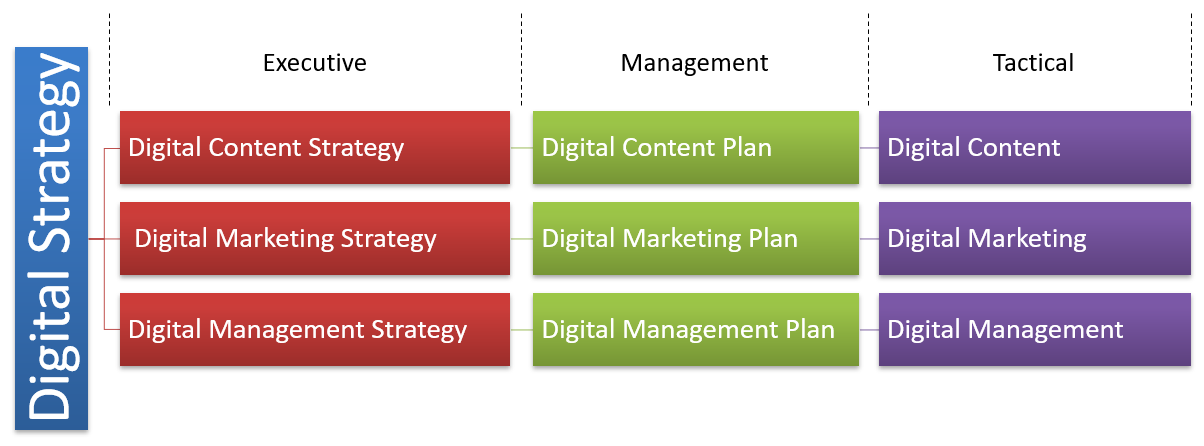
If we apply the three decision-making levels to the digital strategy of a business, for example:
- The executive level creates its digital content strategy.
- The management level implements and manages its digital content plan.
- The technical/tactical level performs the work required to create the content specified in the content plan (e.g. writing articles, recording videos, etc.)
Ideally, executive-level roles of the business would create a content strategy for the organization as part of developing its overall business strategy and digital strategy.
The Content Manager would then take the content strategy and use it to create and implement a content plan.
This content plan would then be used to drive the content production process.
As we have seen in the Digital Business Setups lesson, however, many small and startup businesses do not have the resources to either create a digital business strategy or hire a content strategist to create one for the organization.
In this case, the content manager will need to be directly involved in the process of creating a content strategy before creating and implementing a content plan.
How Do You Create A Digital Content Strategy?
We cover this process in a separate lesson here: How To Create A Content Strategy
Content Strategy – Useful Stats
We mentioned earlier that there are key differences between a content strategy and a content marketing strategy. Many businesses confuse these two.
Keeping this in mind, it’s good to know and keep up with the latest content marketing statistics, as these can be helpful when creating or reviewing your content strategy.

Content Strategy – FAQs
Here are some of the most frequently asked questions about content strategy:
What is content strategy?
Content strategy is a plan that outlines how content will be created, managed, and distributed to achieve specific business goals, such as increasing brand awareness or driving conversions.
It involves understanding the audience, creating relevant content, and ensuring consistency across channels as well as planning, creation, delivery, and governance of content.
It also ensures that there is usable and useful content, which is well structured and easily found, appropriate to the needs of the user, and that it enhances or improves the user experience of a website or brand interaction.
Why is it important to have a content strategy?
Having a content strategy provides direction, consistency, and efficiency in content creation and distribution efforts. It helps businesses effectively reach and engage their target audience, build brand authority, and drive desired actions, leading to better ROI on marketing investments.
How does content strategy align with business objectives?
A content strategy should directly support business objectives, such as increasing brand awareness, boosting sales, or improving customer engagement. Each piece of content should be crafted with these objectives in mind to ensure it contributes to achieving the overall goals of the organization.
What are the key elements of a content strategy?
Key elements include clearly defined goals, a deep understanding of the target audience, content auditing and mapping, developing a content calendar, content creation guidelines for creating high-quality content optimized for SEO, and metrics for performance evaluation through analytics. It should also encompass content management and updating processes. Each component should also ensures alignment with business objectives and audience needs.
How do you develop a content strategy?
Developing a content strategy involves researching audience preferences, defining clear objectives, conducting competitive analysis, selecting appropriate channels, creating a content calendar, assigning responsibilities, and continuously refining based on performance data. It’s essential to have a documented strategy to guide content creation and distribution efforts.
What tools are used in content strategy?
Common tools used in content strategy include content management systems (CMS), SEO tools, content analytics tools, and project management software. These tools help in planning, creating, managing, and measuring the effectiveness of content.
How is content performance measured?
Content performance effectiveness can be measured through key performance indicators (KPIs) such as website traffic, engagement metrics (likes, shares, comments), conversion rates, lead generation, sales attributed to content, user feedback, SEO rankings, etc. Analyzing data from web analytics tools like Google Analytics and social media analytics platforms provides insights into what content resonates with the audience and what needs improvement.
How does content strategy differ from content marketing?
Content strategy focuses on the planning, creation, and management of content to achieve business objectives, while content marketing specifically aims to attract and engage an audience through valuable, relevant content to drive profitable customer action. They are closely related but serve different purposes within a marketing strategy.
Content strategy is also a broad discipline that includes defining how and why content will be collected, managed, and archived, whereas content marketing focuses specifically on using content to attract and engage audiences, leading them towards a specific business goal.
How often should I update my content strategy?
You should review and update your content strategy regularly, at least annually, or more frequently depending on changes in business goals, audience needs, or market dynamics.
Summary
It’s important that businesses have a clear content strategy, as this will guide and drive all the content it creates to achieve their goals.
Without a content strategy, planning, creating, promoting, and managing content can lead to ineffective results and wasting valuable resources.
Action Steps
If you are the person responsible for managing content in your organization, it is vitally important to make sure that there is a content strategy in place. If not, look for ways to help create one.
Useful Resources
In addition to completing the lessons in this module, we recommend the following resources:
- Free Video Course: How To Create An Effective Content Strategy for Your Business – A comprehensive 12-part video course on creating a content strategy for your business with links to comprehensive step-by-step tutorials.
- Content Strategy For The Web – By Kristina Halvorson, a leading content strategy advocate and pioneer of the field.
- HubSpot Blog – Go here for practical articles on content strategy and content marketing.
- Digital Business Video Courses – Video courses on digital business and content marketing strategies.
- The Small Business Digital Manager – A guide for small businesses on building a successful digital presence.
- Content Troubleshooting Guide – Use this guide to troubleshoot content-related issues.
Visit our tools and resources section for additional courses, guides, and helpful tools and resources for content managers.
References
See the articles below for additional useful information related to this lesson:
Content Strategy
- Content Strategy (Wikipedia)
- What is Content Strategy?
- Key Components Of Content Strategy
- The Discipline Of Content Strategy
- Content Strategy Alliance Charter
- 6 Reasons Why You Need A Content Strategy
- Content Strategy vs Content Marketing: What’s The Difference?
Also…
Business Strategy
- What Is Business Strategy
- Want A Successful Business? Build An Effective Strategy
- Why Your Company Needs A Business Strategy
- Best Business Strategy Examples
Marketing Strategy
- Brand Strategy 101: A Beginner’s Guide To Branding Your Business
- 5 Steps To Create An Outstanding Marketing Plan [Free Templates]
- How to Create Buyer Personas For Your Business
- How To Create An Effective Customer Journey Map
- What Is Content Governance? 4 Steps To Create A Model
- State Of Content Marketing
***
This concludes our overview lesson on content strategy.
Please complete all lessons in this module before proceeding to the next module (Content Planning).
Next Lesson
Go here for the next lesson in the Content Strategy training module: How To Create A Content Strategy or click on one of the other lessons in this module in the section below.
Content Strategy – Module Lessons
This module includes the following lessons:

Content Strategy

Digital Business Basics

How To Create A Content Strategy

Target Audience

Customer Surveys

Content Audit

Web Content Accessibility
***
Image: Coffee and Notepad
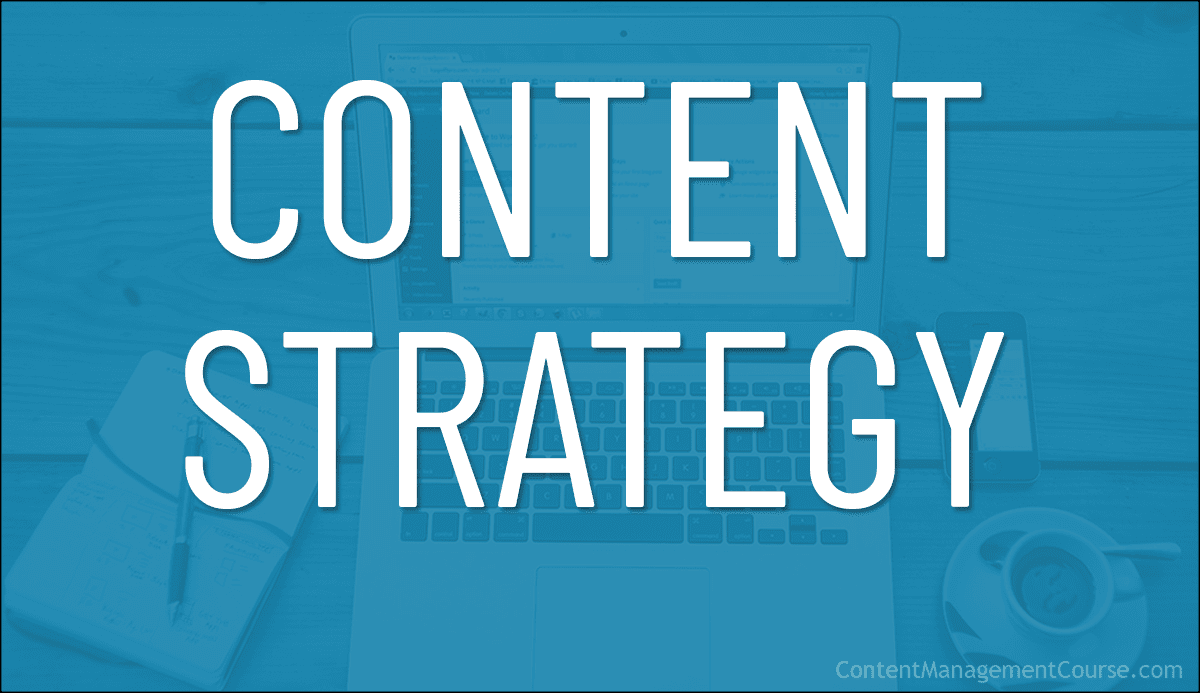


 An effective
An effective 









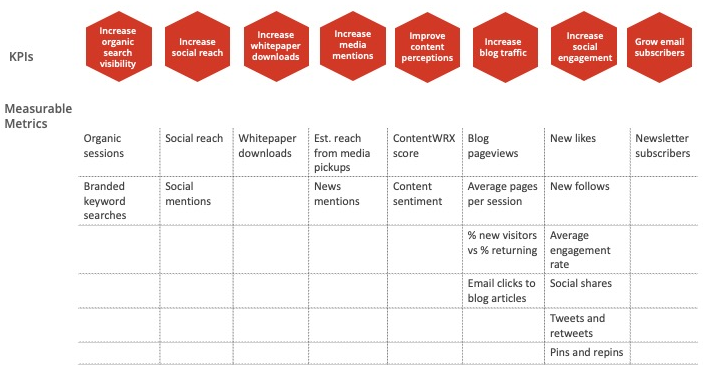


 Keeping content projects on track and on time requires organizing and managing processes with specific tasks, done in a specific order, by team members assigned to specific roles.
Keeping content projects on track and on time requires organizing and managing processes with specific tasks, done in a specific order, by team members assigned to specific roles.

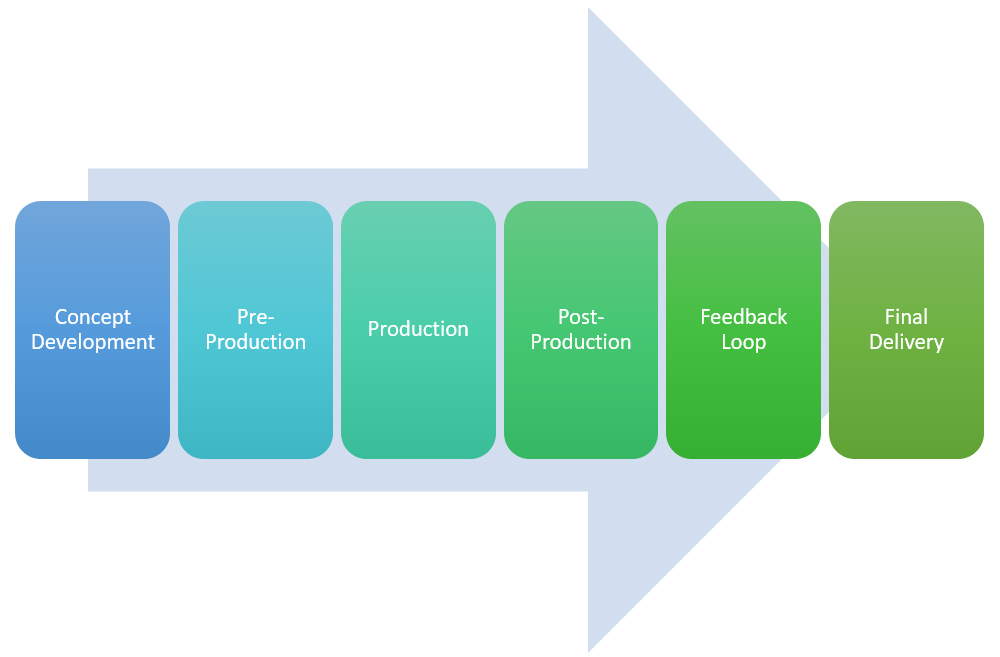


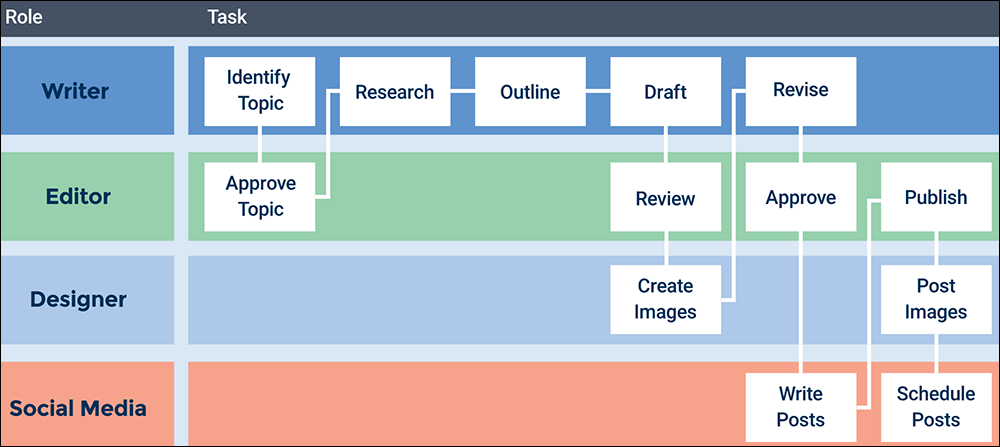

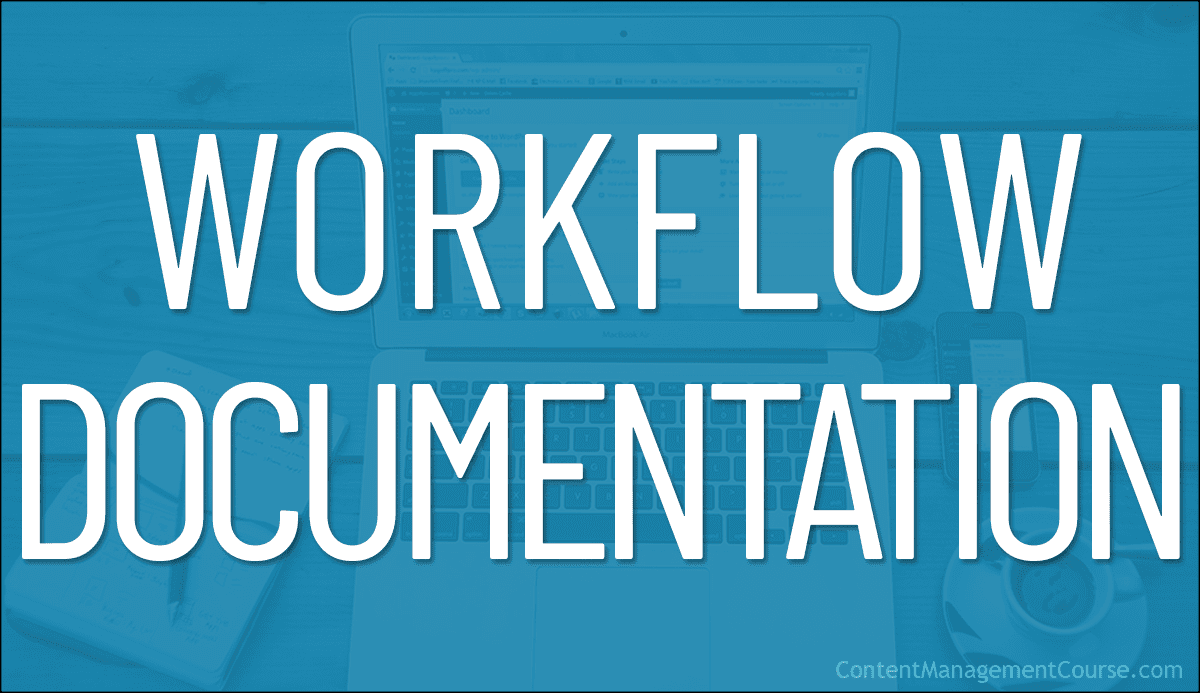
 Documenting your
Documenting your 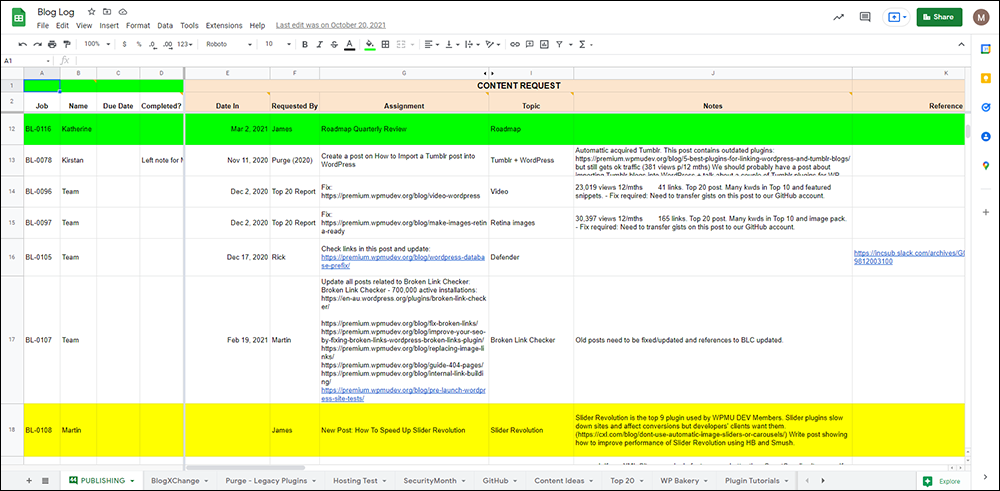















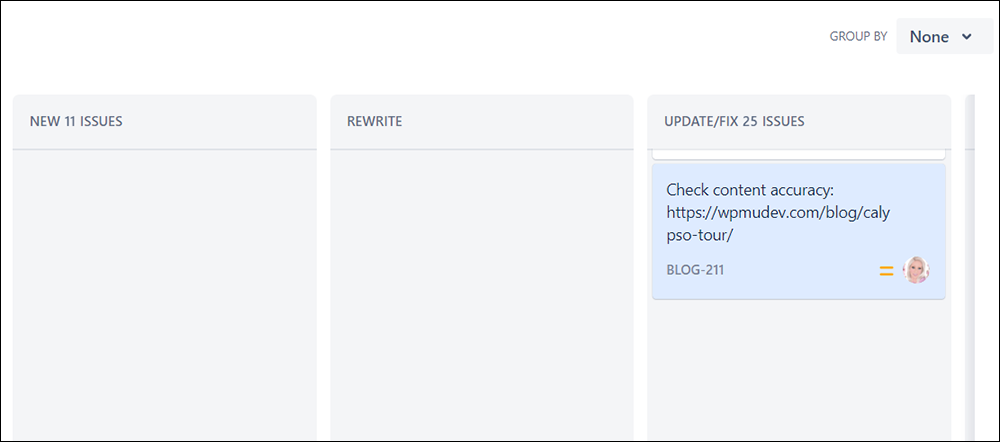


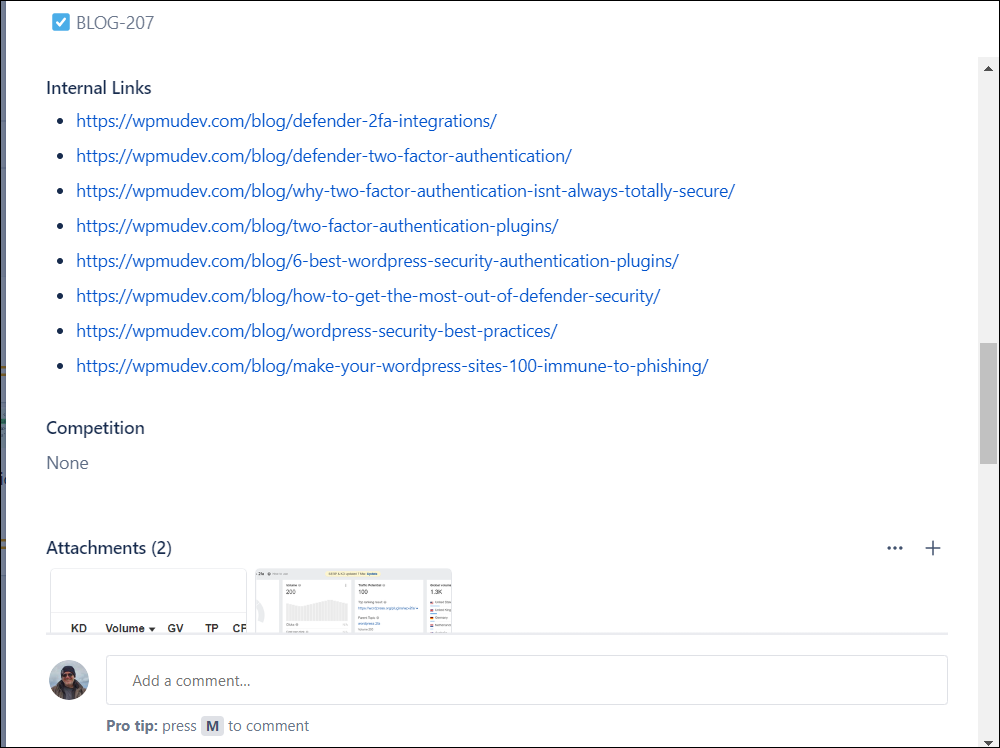


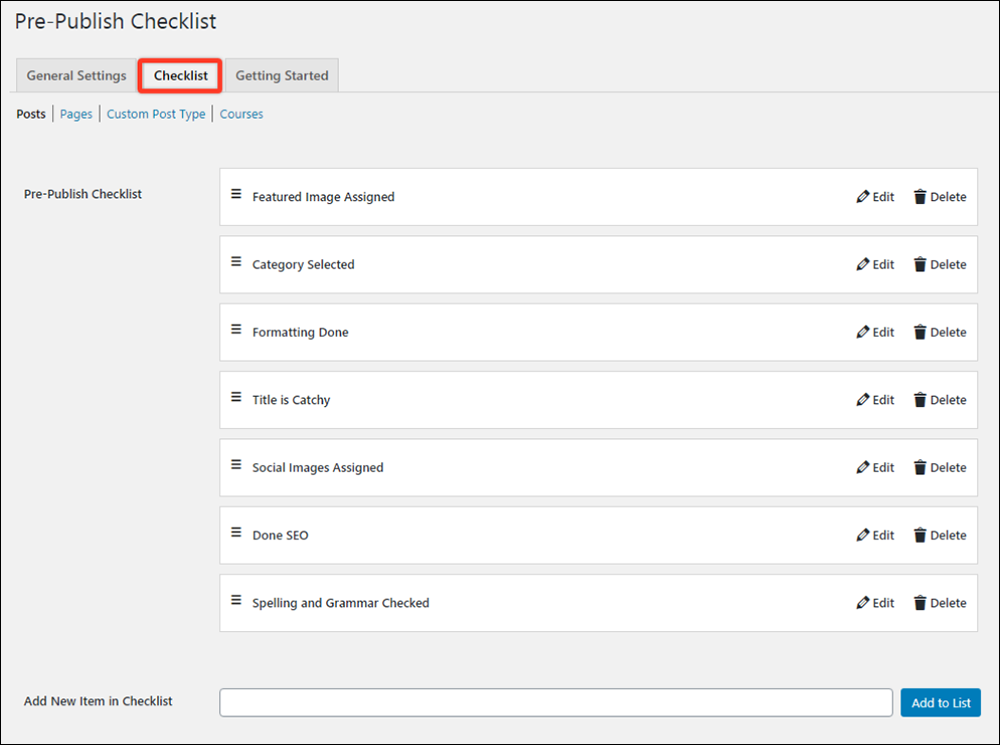
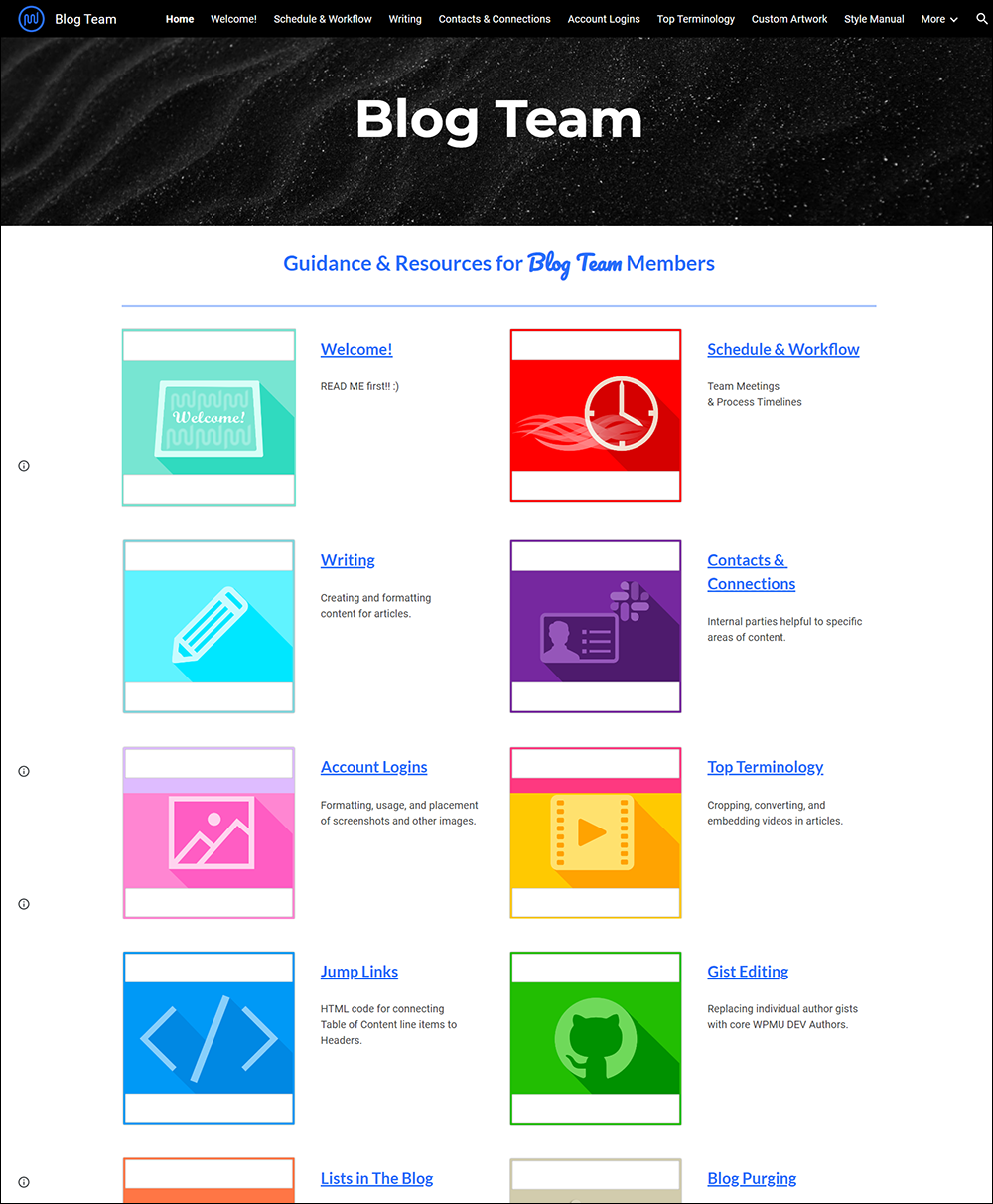












 Content production management involves overseeing the creation, distribution, and strategic implementation of content to engage and inform audiences effectively.
Content production management involves overseeing the creation, distribution, and strategic implementation of content to engage and inform audiences effectively.











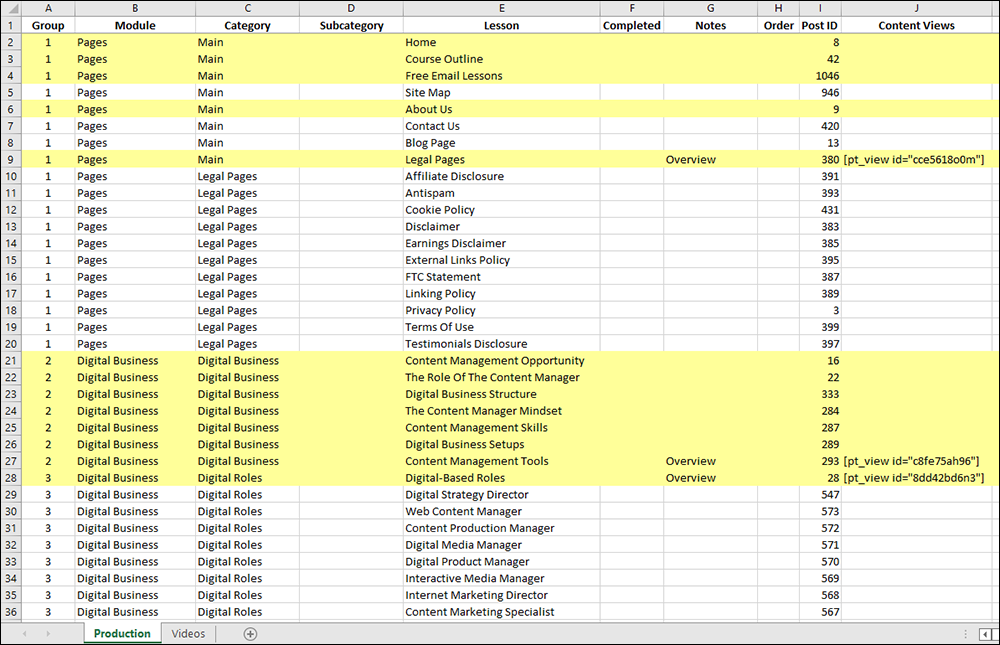



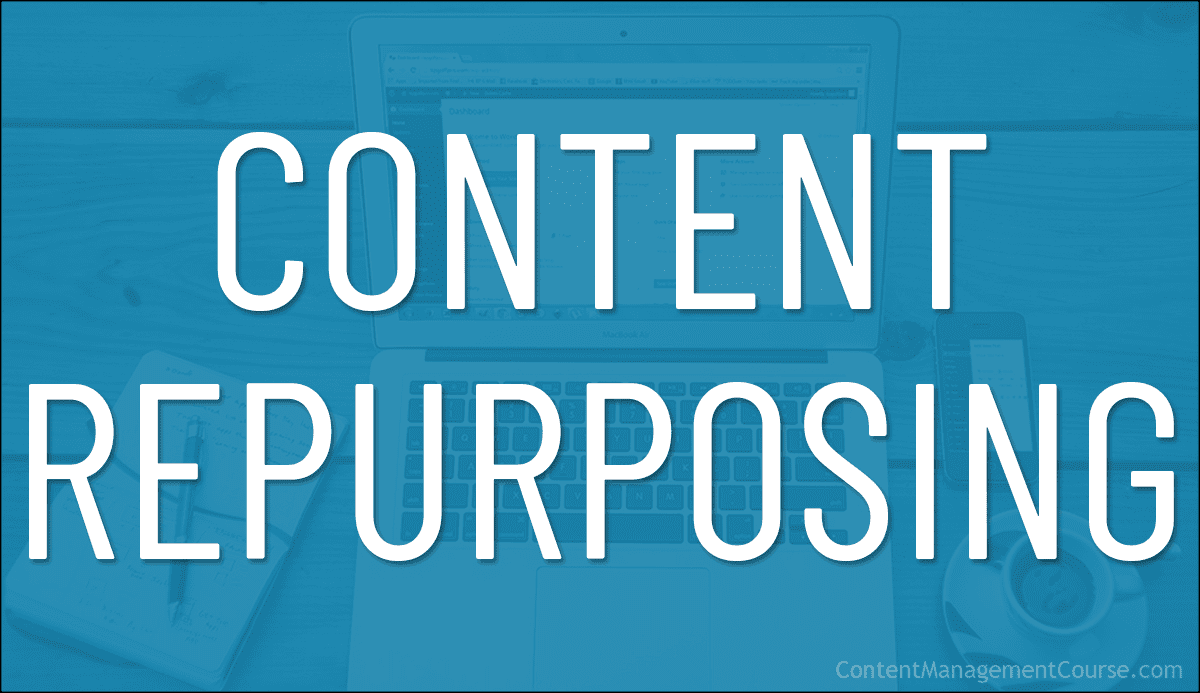
 Creating high-quality content on a regular basis involves a significant investment of time and resources.
Creating high-quality content on a regular basis involves a significant investment of time and resources.

 The type of content your business or organization decides to create will depend on its
The type of content your business or organization decides to create will depend on its 












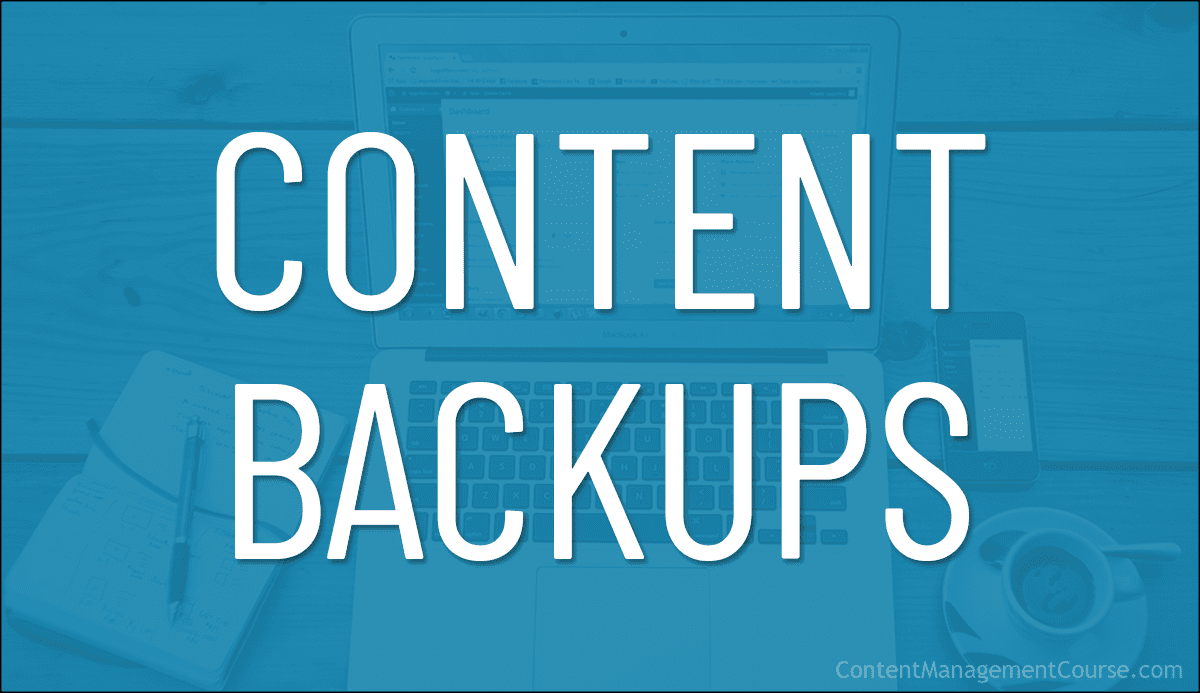
 If content plays any part in the success and growth of your business, website, or digital presence, then we recommend developing and implementing an effective content backup strategy.
If content plays any part in the success and growth of your business, website, or digital presence, then we recommend developing and implementing an effective content backup strategy.
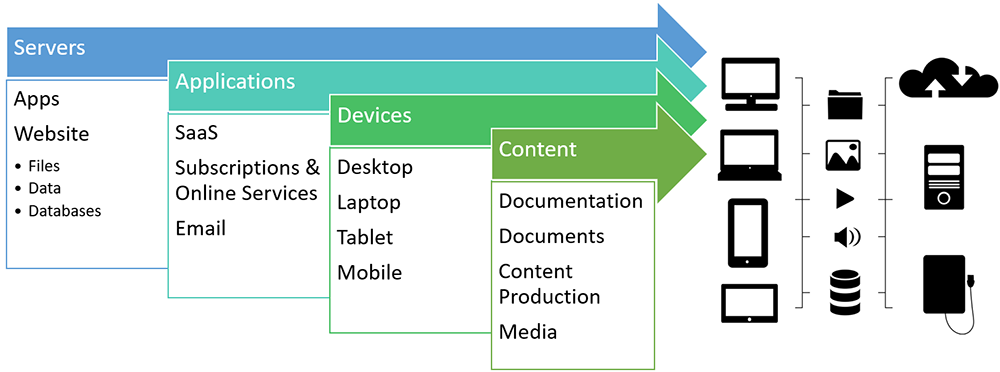
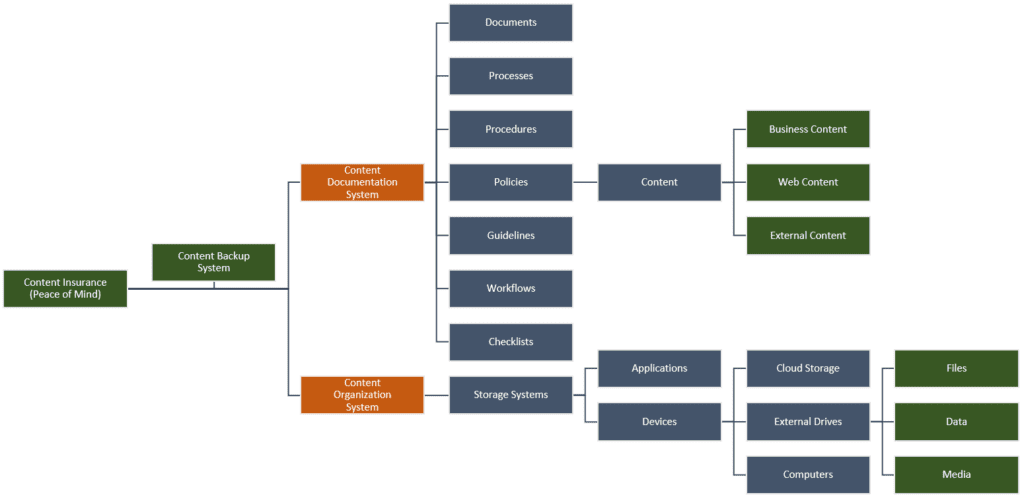
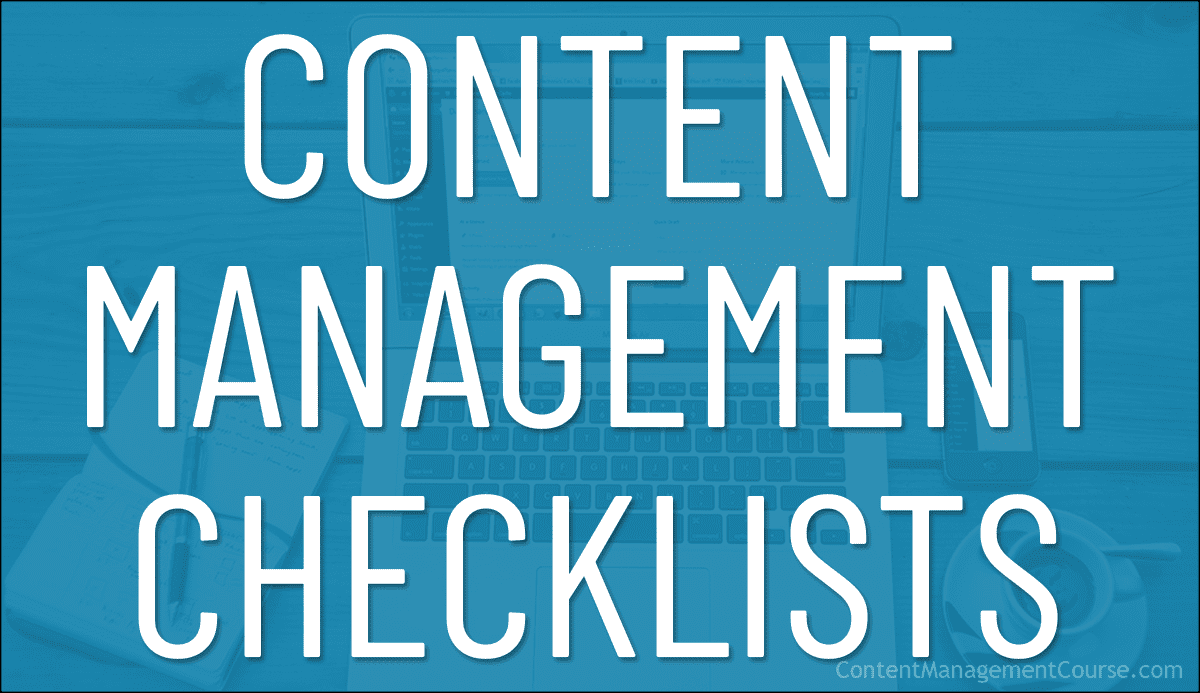
 Use the checklists and templates in this section to help improve your content team’s efficiency and productivity in areas like
Use the checklists and templates in this section to help improve your content team’s efficiency and productivity in areas like 
 Documenting systems and processes in areas of your business like
Documenting systems and processes in areas of your business like 




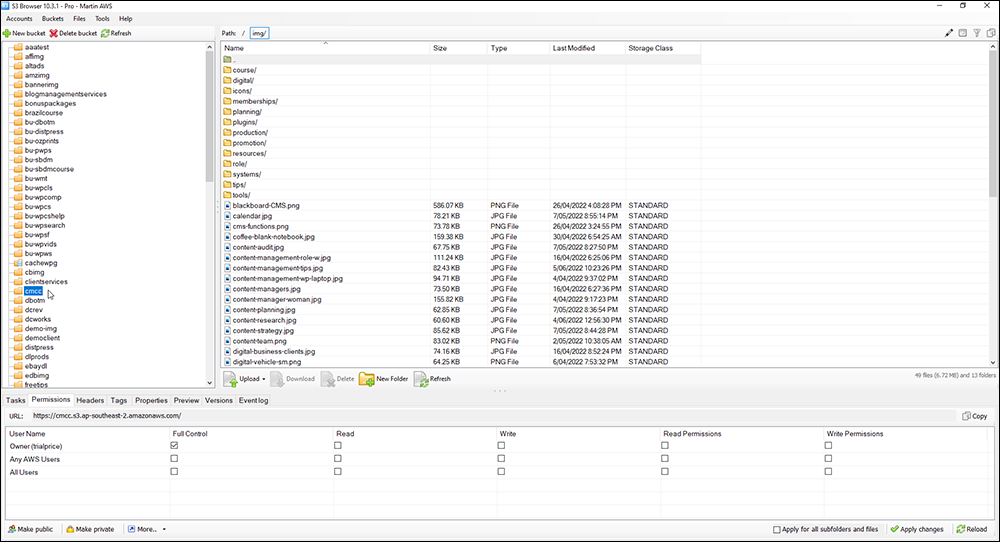

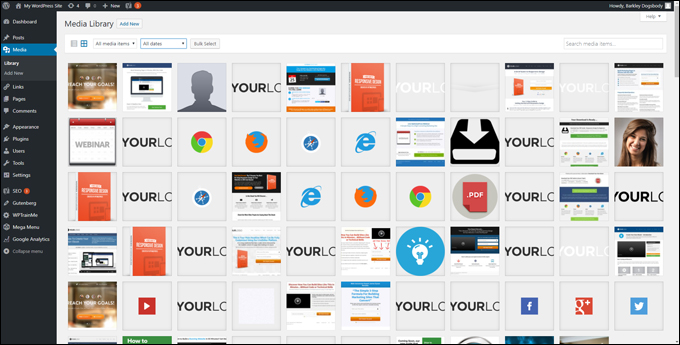



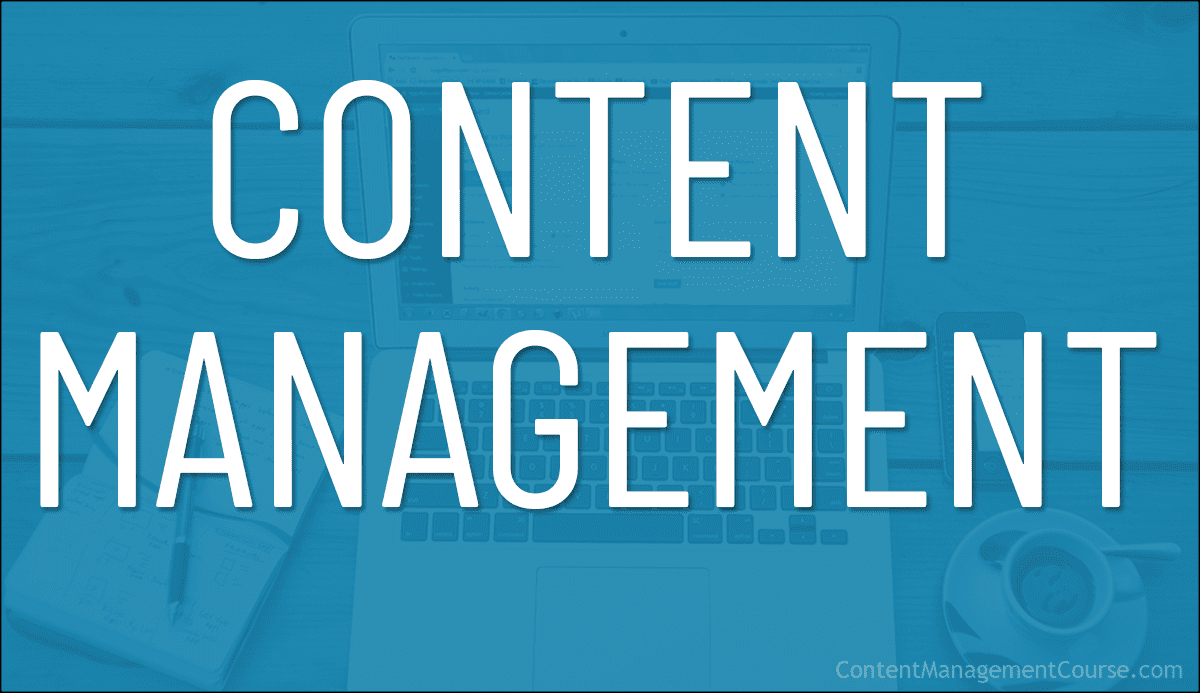

 The most effective way to help your business realize its goals and objectives is to turn every content-related area of your business into systems that anyone in your organization can help to manage.
The most effective way to help your business realize its goals and objectives is to turn every content-related area of your business into systems that anyone in your organization can help to manage.
 Content reviews are a vitally important part of effective content management.
Content reviews are a vitally important part of effective content management.










